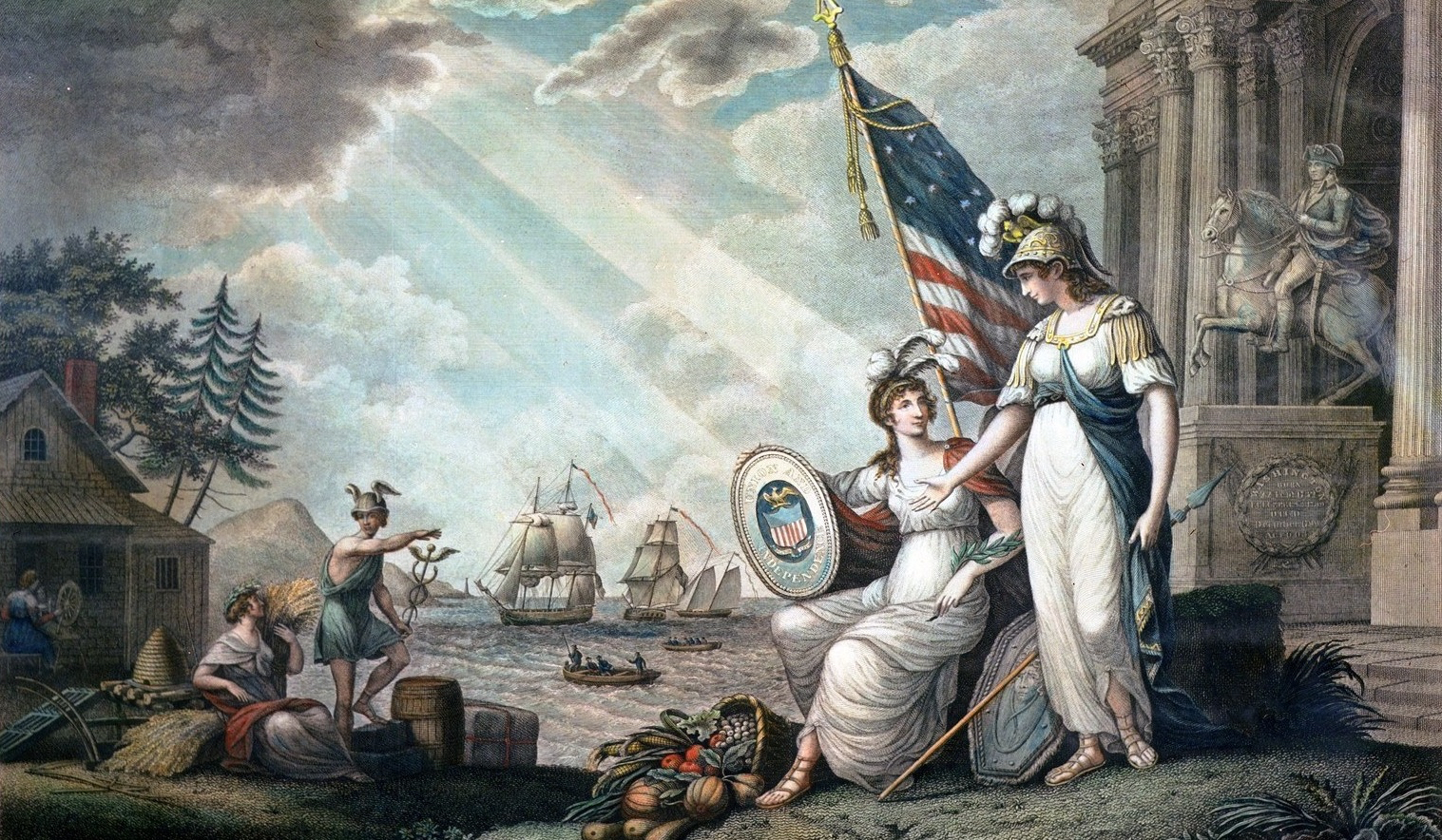For my final passion blog, I’ll talk about the narrative of studying… can you tell I am running low on ideas?
Leading up to my 2020 Advanced Placement exams, I was inflicted by a number of medical complications that made it nigh impossible to participate in distanced learning. Such left me unprepared for my upcoming exams; with only a week remaining, I was forced to find a way to learn the content I missed and relearn the content I forgot lest I fail the exams. Under stress, I developed the study strategy I currently use, which I like to think of in terms of a story – forget about ‘The Hero’s Journey’; this is ‘The Student’s Struggle’!
Part 1: Define your goal
When studying for an upcoming assessment, the first thing I recommend doing is to figure out what you need to know. Consult syllabi, study guides, upperclassmen, and even your professor. This step aims to eliminate unnecessary work of attempting to master the content you do not need to know.
Part 2: Filter your materials
The statement that follows may seem a bit circular. Nonetheless, it’s the basis for this step: “If you want to study something, study that thing and not something else.” Taking this to heart, identify the portions of your course materials (e.g., textbooks, video lectures, notes, etc.) that speak of the content you need to understand. Mark it with sticky notes, and don’t turn to any other pages.
Part 3: Restructure & Rewrite
Reorganize the content in an order that makes more sense in your head to study it. For example, perhaps you’re studying for a physics exam, and the chronological order you covered the material in the class had you learn Newton’s Law of Gravitation before you covered circular motion, but, in your head, it makes more sense to study those concepts in reverse order – then do that. Create a graphic organizer denoting the order in which covering the material makes the most sense for you. And, while you’re at it, turn that organizer into a study guide; write down every equation and every relevant detail you need to understand.
Part 4: Get energetic!
Recall content you learned in a boring lecture versus an entertaining one. The content of the boring lecture is likely more difficult to recall: It’s challenging to learn content if you don’t enjoy it. Therefore, trick your brain into making you think you’re having fun. Get energetic with reciting your notes. If you do theater, imagine you’re reciting a monologue while reading that study guide you made. I see the effect of this similar to how forcing yourself to smile can gradually affect your mood.
Part 5: Repeat for your next test – this is a never-ending cycle. Welcome to college!










